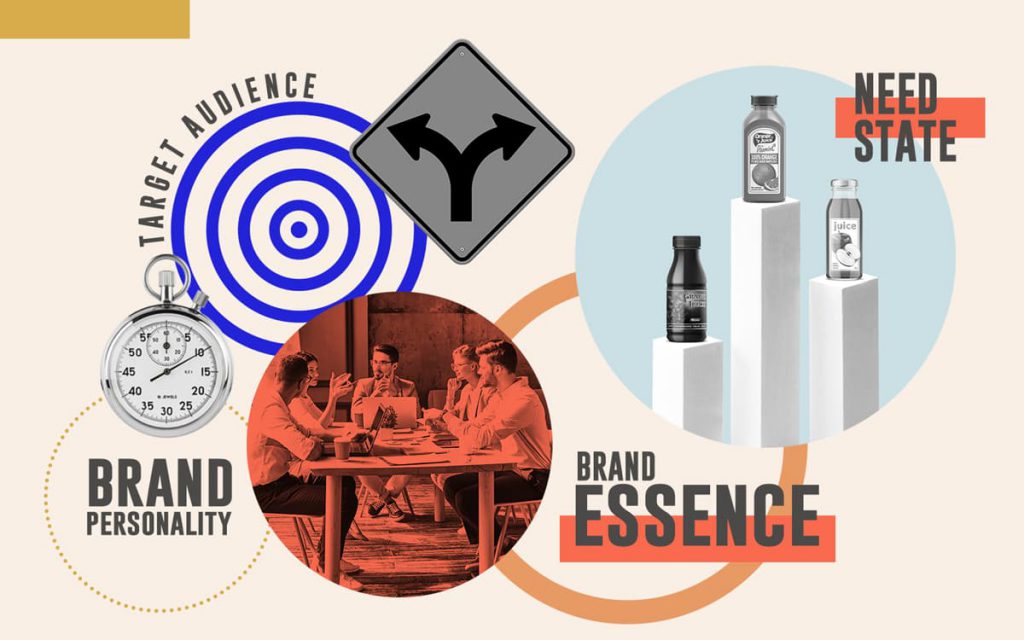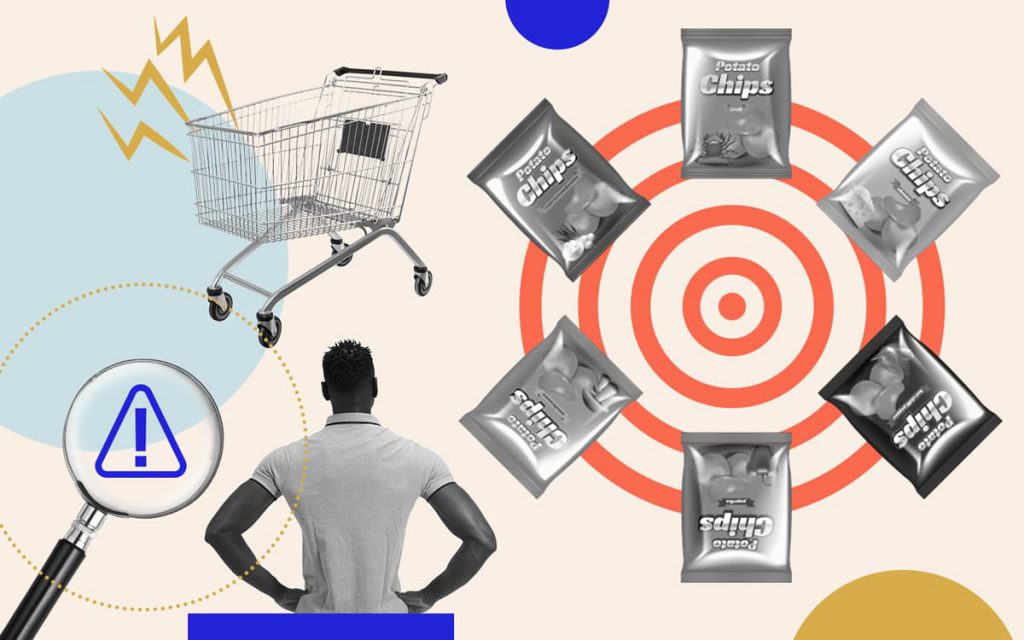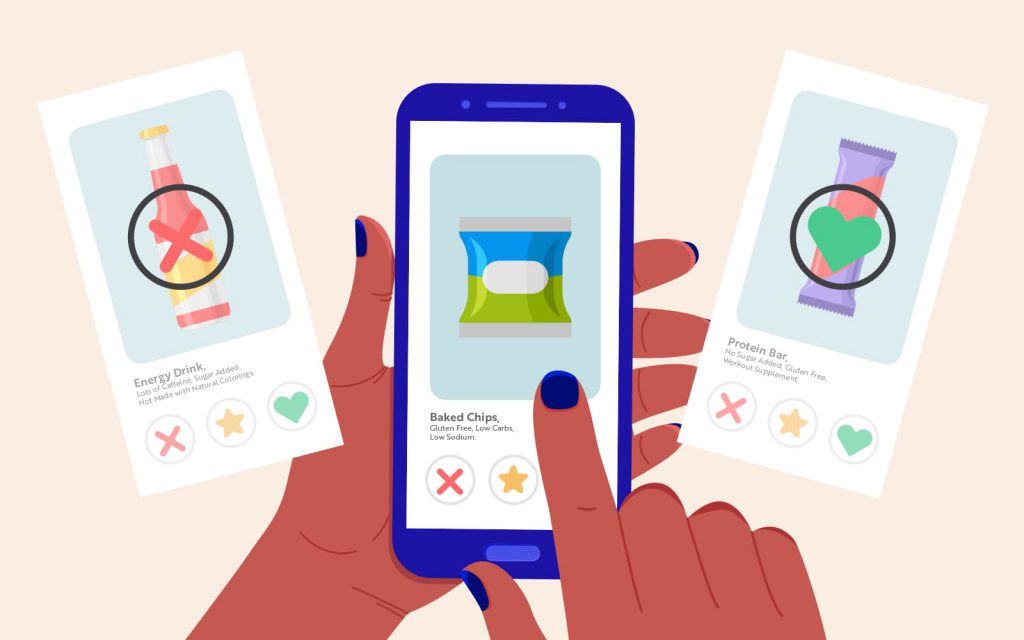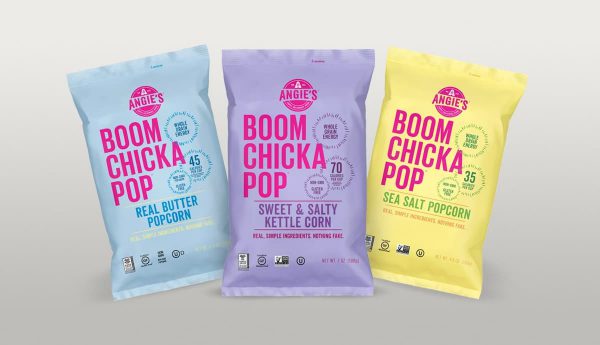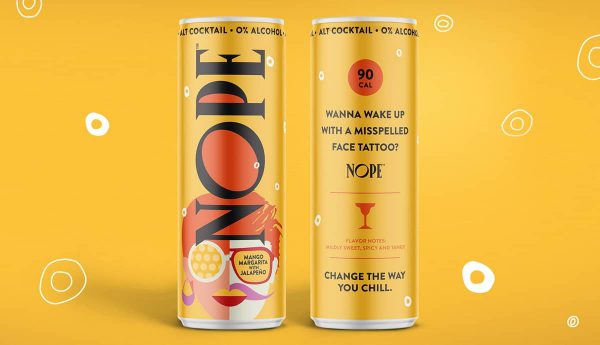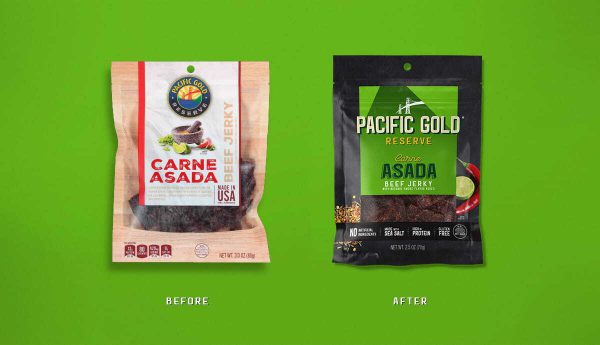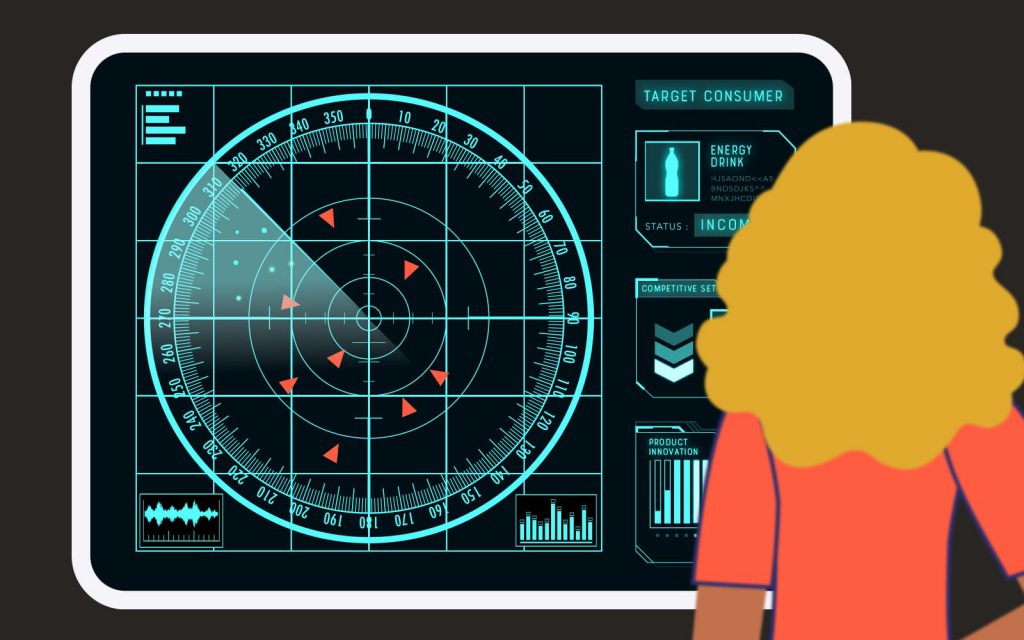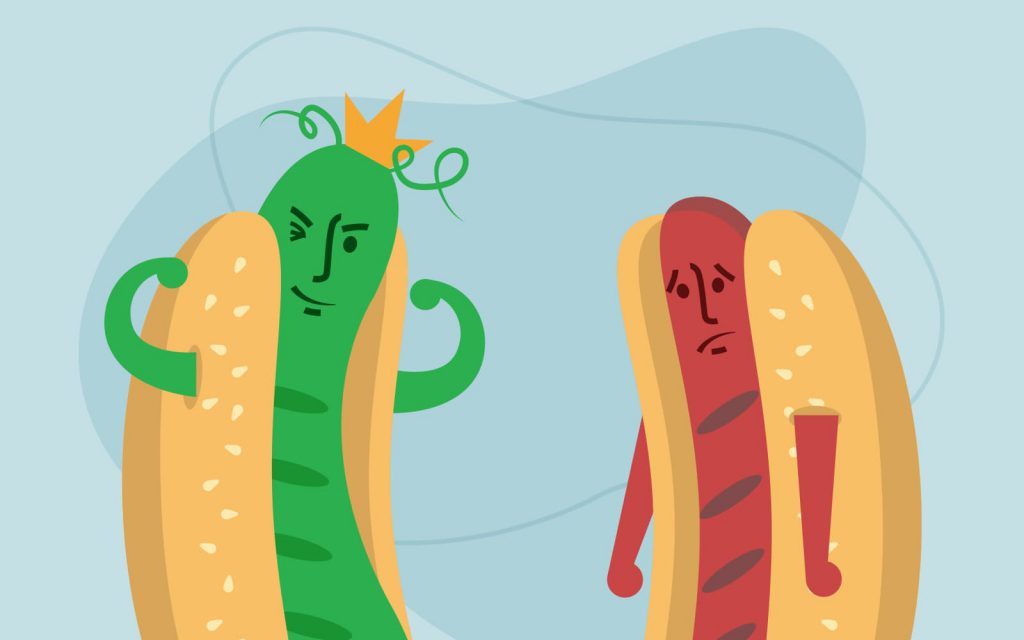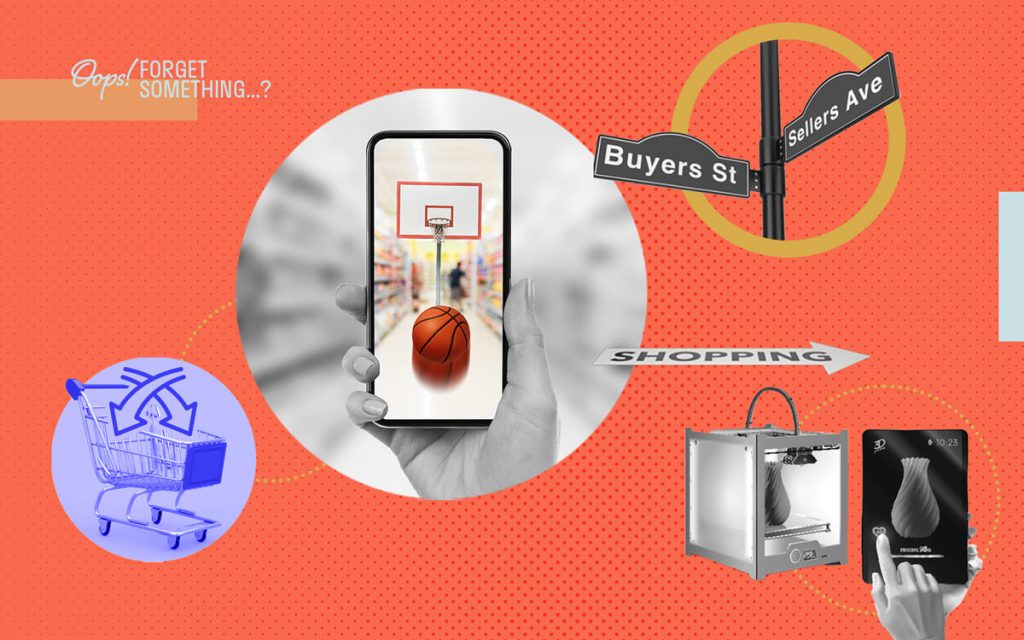
3 Ways Digital Tech Can Change Your Shopper Marketing Game
September 27, 2021
It’s no secret consumers are making fewer trips to brick-and-mortar stores. Why would they when nearly every retailer has at least one online sales platform? Omnichannel shopping is here to stay — yep, even post-COVID.
But it’s not just that consumers don’t shop in person as often, it’s also that modern buyers relate to food and beverage products differently than they did fifteen or more years ago. Food is no longer a commodity chosen based on price alone. Instead, consumers are forming emotional connections with brands, remaining brand-loyal for lifetimes.
End-caps, extra shelf space, and circulars aren’t going to cut it in today’s omnichannel sales environment. So what’s the next play for shopper marketers?
You need to recognize and understand this major shift happening in the CPG industry — and then adopt edgy digital marketing methods to impress those few-and-far-between IRL shoppers.
Traditional Shopper Marketing Explained
As hard as it is to remember, there was a time when online shopping didn’t exist. During that stone age, shopper marketing revolved completely around getting consumers into certain stores to buy a particular brand’s products.
Accordingly, shopper marketers like you were taught three distinct opportunities to market your CPG company’s products to these consumers:
- Pre-store included efforts to get buyers’ attention before they entered a grocer — like circulars, billboards, and direct mail. Pre-store marketing was all about brand awareness.
- In-store included your typical end-caps, front-of-store signage, and so on. All of the attempts to get your product noticed while a consumer was shopping, but before they reached your aisle.
- At-shelf included danglers on the product’s price tag touting two-for-one, for instance. It meant offers on or next to the product in-aisle.
It was a clean, linear customer journey from pre-store to purchase. Of course, you adapted your tactics based on the specific store (Whole Foods, Target, Dollar General, etc.), but the basics remained in-tact.
The End of Shopper Marketing as We Know It
Today’s digital technology has seriously disrupted the linearity of the customer journey. Depending on what store you’re working with, they might have their own digital app, a separate website, third-party delivery services — the list goes on. Now, your customer’s journey is less of a line and more of a tangled web. And distinguishing between marketing efforts that are pre-store, in-store, and at-shelf is nearly impossible.
Here’s an example. Nowadays, a new product is often introduced to a consumer when they’re checking out online. They have tortilla chips in their cart, so an algorithm suggests a breakthrough salsa brand. Is this a pre-store play since it’s an awareness tactic? Is the consumer at-shelf since they’re “checking out?” You can see how the lines are getting blurry.
So yes, your goal as a shopper marketer is still conversions, but they certainly won’t always be in-store. Online purchases have to count somewhere in there, too.
3 Methods to Attract Modern Grocery Shoppers — Both on and Beyond the Shelf
The industry is changing. Consumers are changing. Your job is changing. It’s a lot to take in.
One thing that’s not changing? People buying stuff. They love buying stuff!
We may not know exactly what the shifting definitions of pre-store, in-store, and at-shelf mean. Or precisely where online purchases fit into the equation. What we do know, however, is that people will continue to purchase products online and, sometimes, in person.
When people go to purchase these products, you better catch their attention — especially if they’re in an actual store (gasp). So, definitions aside, let’s explore three ways you can attract today’s distracted, divided shoppers.
1. Leverage the Digital Shopping Cart as a Cross-Selling Tool
Regardless of whether a digital shopping cart is considered pre-store, in-store, or at-shelf, it’s an unmissable marketing opportunity. Since your job is product sales, does it really matter if they’re on Target.com or in the store itself?
A product that’s already in a shopper’s cart is your number one tool for educating consumers about other products from your brand. You could cross-sell by:
- Adding a recipe or usage suggestion to the packaging that features your other products.
- Offering adjacent products the shopper can add to cart instantly, like our tortilla chips and salsa example from before.
If you can get a customer to purchase a couple of your products, you’re golden. Research shows customers often return to a saved online cart over and over again. This way they can easily repurchase everything they’ve previously added. Talk about brand loyalty!
2. Create a Branded Mixed Media Experience for Shoppers
As we’ve established, in-store shoppers are becoming rarer and rarer each year. So when they actually are browsing by foot, you have to work hard — really hard — to get their attention.
Embrace technology to prove your brand is innovative and stands apart from shopper marketers stuck using tired end-caps. As we said, edgy technology has the power to enhance the in-store experience for shoppers.
One option? Give augmented reality a go. More than 100 million people have already interacted with augmented reality in a retail setting. And with more 5G connections coming online all the time, the barrier to entry for this tech continues to lower. It’s only a matter of time until the trend trickles down to grocery.
In a grocery store setting, augmented reality might look like a game to engage shoppers. Imagine if Fruit by the Foot partnered with Pokėmon GO. Kids could use their phones to scan Fruit by the Foot’s packages searching for Pokėmon to collect. Of course, they’d have to beg their parents to buy the Fruit by the Foot with the limited edition Pokėmon packaging, too.
Your brand could be a trendsetter by leveraging augmented reality. Meaning you’d likely catch the attention of even the most reluctant in-store shopper.
3. Use 3D Printing to Unveil Special Edition Packaging
Another way to innovate and impress those rare in-store shoppers? Create special or limited edition packaging.
Unique package shapes always catch consumers’ eyes. You always reach for the plastic bear and know it’s honey, right? You could try new handles for a razor blade, unique enclosures for shipping, and even personalization per customer.
Prototyping intricate designs like these was too costly, difficult, and risky to scale in the past. But now that 3D printing is becoming more mainstream, you can test all sorts of designs cost-effectively before heading to production.
A novel delivery system for an existing (or even new) product might be all it takes to differentiate your product and attract the endangered species known as in-store shoppers.
The path to purchase looks a lot different than it did even just a decade ago, so your shopper marketing tactics must change as well. The good news is that digital technology is making it easier to attract customers — no matter how they shop for and buy food and bev products.




